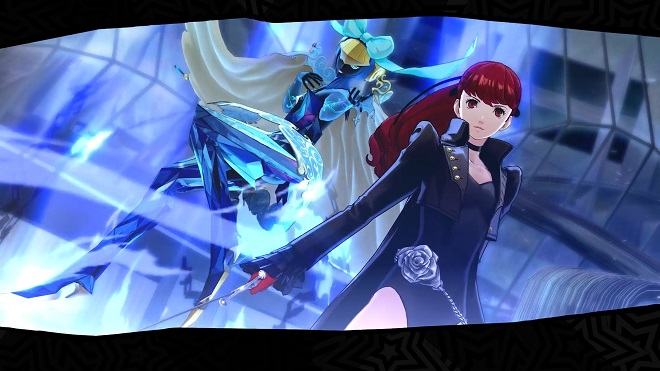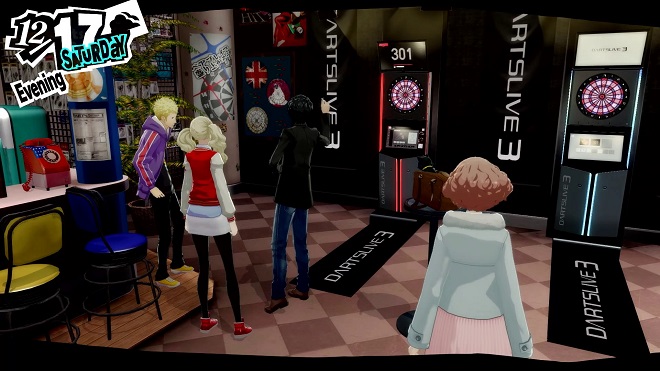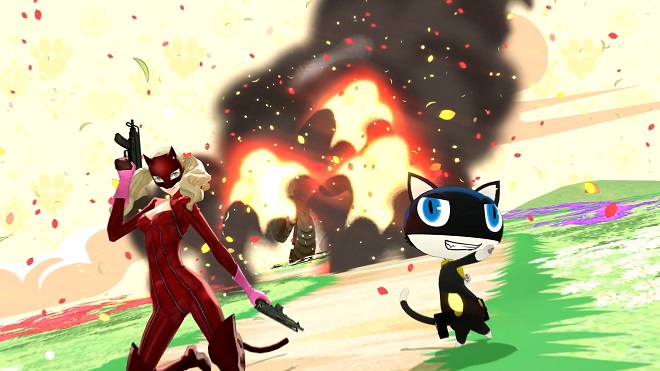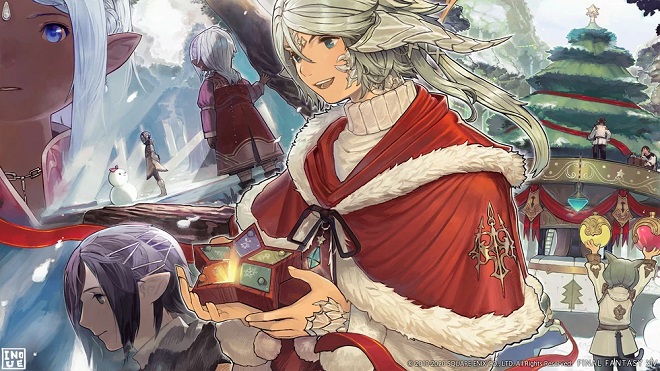Persona 5 Royal — Positively Flushed

When Atlus announced Persona 5 Royal for PlayStation 4 back in 2019, I couldn’t roll my eyes hard enough, and I wasn’t alone. We lived in a different time compared to when Persona 3 Fes (and Portable) and Persona 4 Golden released. The original Persona 3 (and Fes) and Persona 4 released on PlayStation 2, a console with games that couldn’t be updated with more content. Persona 5 released on PlayStation 3 and PlayStation 4, a game on consoles that could support significant downloadable expansions, which companies took advantage of. Atlus likes to stick to their old school-style formats, which is why Royal was a separate full-priced release for Persona 5. It, of course, did well for them, but nonetheless deserved criticism.
The recent ports to other platforms finally made me interested in playing it, especially now that it’s on Nintendo Switch. I wanted to play this while having the ability to alternate between console and handheld, beneficial for such a ridiculously long game. (I still ended up playing most of the game docked, though.) Royal solidifies that Persona 5 was one of the best Japanese RPGs released in the last decade, and the ports show that it’s one of the best to be rereleased now. But I’m not convinced that a separate release was initially necessary.

Royal largely follows the same plot beats as the original throughout most of the game, with new scenes scattered about. Most involve new characters like Kasumi Yoshizawa and Takuto Maruki, both of whom make significant contributions to the game’s story and have larger roles in the new semester that starts after the point when the original game ended. There are also new scenes involving the older characters to ensure that the experience isn’t identical outside the new faces, an attempt to justify the separate release. Many of those involve Goro Akechi, who receives far more character development thanks to having his own official Confidant character bonding line.
The new story content is by far the biggest attraction, which starts after December 24th. This includes a new palace and two new playable characters in a story, with the kind of weather conditions and styles that happen during the deep winter season. Making it to the new semester might require a guide for anyone not determined to get all the content, but I heartily endorse it thanks to its quality. It’s a great addition that justifies the reason why the section didn’t exist in the original game. It’s also an opportunity for characters who didn’t previously receive enough development to get a little more, like formerly-late addition Haru Okumura. The new palace itself is among the better ones, neither too short nor stretching any gimmicks beyond the point of tolerance like the fifth and seventh palaces (which have not been altered in Royal). The team was aware of the issues that plagued the original Persona 5 and sought to address most of them.

Kichijoji is also a great addition to the game’s version of Tokyo. A key issue with the original involved how the playable characters felt less like close friends and more like co-workers, especially compared to Persona 4’s cast. But Kichijoji provides a bunch of hang-out opportunities for playing darts, pool, and Jazz Club bonding sessions. They’re largely optional, but great for the minor character interactions and stat bonuses. I’m sad that the vocal theme played in the Jazz Club isn’t used outside it, but it makes going there when the singer arrives feel more special.
For as great as the new content is, Royal doesn’t justify its release. It would have been possible for Atlus to release this as a downloadable expansion in addition to a separate one, updating the original with new content and graphics enhancements. Several games have received this. It’s possible they chose not to do so because it would have required leaving out the PS3 version, even though the PS4 was well established in every territory by 2019. (And this didn’t stop plenty of other developers from following suit.) The cynical, and more likely, explanation is the one I mentioned above: Atlus simply wanted everyone to pay full price for the pleasure of playing an updated version. It’s only now justified by this iteration being released on multiple platforms.
I had issues with the core game itself, too. The game retains flaws the original had, including the pacing slowing to a crawl at a few points, particularly during the late summer seasons. The dungeons that ran a bit too long in the original game haven’t been altered either.

Royal also retains an issue from Persona 3 Portable and Persona 4 Golden included in how the new battle-related features overwhelmingly benefit the player characters in battles while many older enemies weren’t given stat alterations. This version adds more battles themselves, some optional, and Royal includes new Showtime attacks where two characters can team up for special techniques against an enemy. But most returning enemies and bosses received no stat upgrades, thus making the game considerably easier than the original. There’s only one exception here, in which one battle that wasn’t too difficult in the original game is significantly, and annoyingly, harder.
Those issues aren’t enough to stop me from thinking that Persona 5 Royal makes one of the best recent Japanese RPGs even better. It’s best if you know what you’re getting into beforehand, with this being an expansion to an already-long game. It took me a month to finish it, but was all worthwhile.




